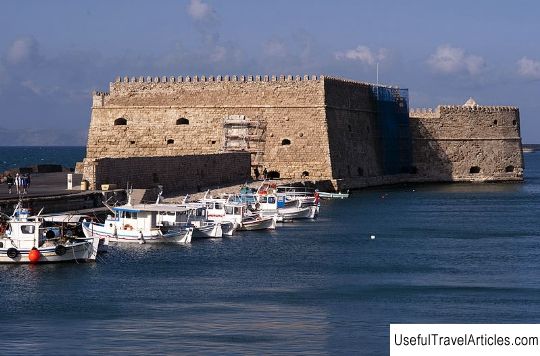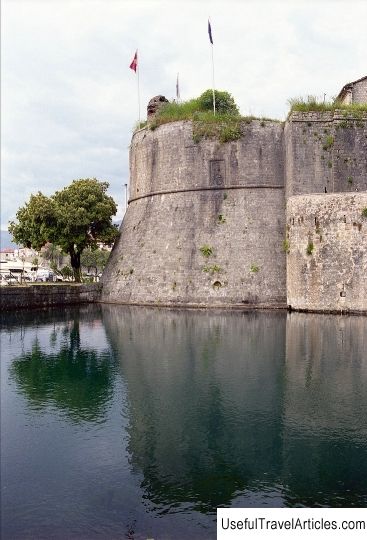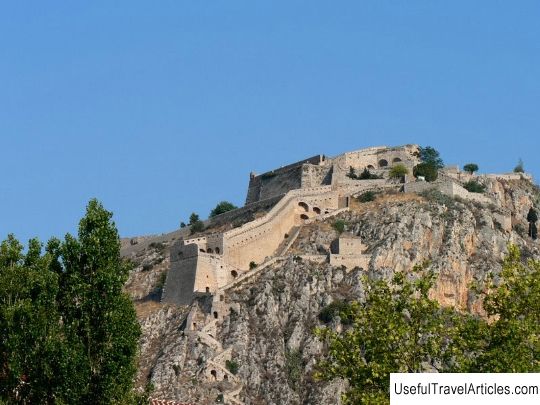Venetian fortress Kules in Greece, Heraklion resort
Rating: 7,5/10 (100 votes)  This fortress was built around the city to protect the area fenced off by the breakwater. The citadel is first mentioned in records from the 14th century. In 1429 the monk Cristoforo Buondelmonti first sketched the church. Due to the destructive influence of the sea, the foundation and walls of the church required constant renovation. The church was no longer rebuilt in 1523-1540. At this time, it completely replaced the former fortress, which was destroyed by earthquakes. The fortress is built of huge stone blocks that rest on a rock. The height of the fortress is 2 floors. The area of all premises – 3.6 thousand square meters. On the ground floor, covered with a vaulted roof, living rooms are located, as well as warehouses with provisions, drinking water and weapons. There was also a prison on the ground floor, which was used for torture by both Venetians and Turks. The church received its modern name during the time of the Turks. This name comes from the phrase sea fortress - Su Kulesi. The Turks completed the upper level of the fortress, added a mosque, places for installing cannons and embrasures. The minaret was replaced by a lighthouse. A small part of it can still be seen in the northeastern part of the roof. Three embossed boards with the image of the lion of St. Mark are embedded in the main walls of the fortress – the emblem of Venice. The Turks built a small fortress to strengthen the fortifications. In 1936, Little Kules was destroyed. We also recommend reading Las Ventas Arena in Spain, Madrid resort Topic: Venetian fortress Kules in Greece, Heraklion resort. |




